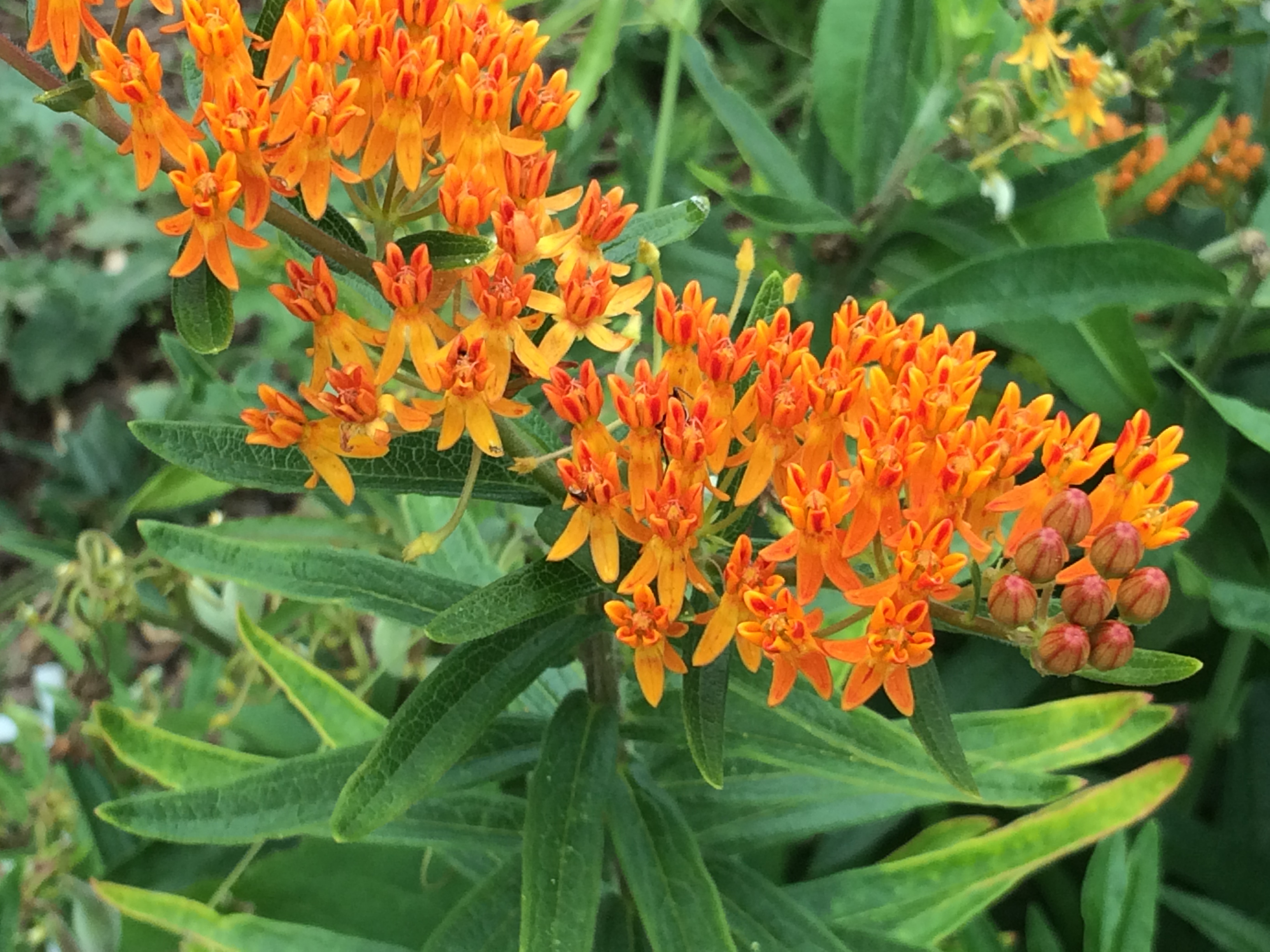Gardening and Climate Change
go.ncsu.edu/readext?873259
en Español / em Português
El inglés es el idioma de control de esta página. En la medida en que haya algún conflicto entre la traducción al inglés y la traducción, el inglés prevalece.
Al hacer clic en el enlace de traducción se activa un servicio de traducción gratuito para convertir la página al español. Al igual que con cualquier traducción por Internet, la conversión no es sensible al contexto y puede que no traduzca el texto en su significado original. NC State Extension no garantiza la exactitud del texto traducido. Por favor, tenga en cuenta que algunas aplicaciones y/o servicios pueden no funcionar como se espera cuando se traducen.
Português
Inglês é o idioma de controle desta página. Na medida que haja algum conflito entre o texto original em Inglês e a tradução, o Inglês prevalece.
Ao clicar no link de tradução, um serviço gratuito de tradução será ativado para converter a página para o Português. Como em qualquer tradução pela internet, a conversão não é sensivel ao contexto e pode não ocorrer a tradução para o significado orginal. O serviço de Extensão da Carolina do Norte (NC State Extension) não garante a exatidão do texto traduzido. Por favor, observe que algumas funções ou serviços podem não funcionar como esperado após a tradução.
English
English is the controlling language of this page. To the extent there is any conflict between the English text and the translation, English controls.
Clicking on the translation link activates a free translation service to convert the page to Spanish. As with any Internet translation, the conversion is not context-sensitive and may not translate the text to its original meaning. NC State Extension does not guarantee the accuracy of the translated text. Please note that some applications and/or services may not function as expected when translated.
Collapse ▲You only need to spend a few hours outside these past few weeks to realize it’s hot out there. The National Oceanic and Atmospheric Administration’s National Center for Environmental Information data tells us North Carolina has warmed by one degree Fahrenheit over the past 120 years. This increase is less than the two degrees that the whole Earth has warmed. 2019 was declared the warmest year on record for North Carolina in 125 years of record keeping. The ocean is rising because of melting glaciers, and seawater increases in volume as it warms.
Rising seal levels mean increased flooding in coastal and low-lying communities. The sea levels are rising faster on the northern coast of North Carolina than on the southern coast, but by the end of the century, all of the state’s beaches will experience disruptive coastal flooding. As both days and nights get hotter, the increased heat will also increase humidity. The heat index is a measure that combines air temperature and relative humidity to get at how the human body experiences these conditions. There will be more days with dangerously high heat index values in warmer North Carolina. High heat indexes are dangerous for humans because our bodies cannot cool by evaporating sweat as readily as before.
So what can we do as gardeners to mitigate climate change?
- Try to complete as many garden tasks as possible by hand rather than use fuel-powered tools. Pull weeds by hand and use a rake instead of a leaf blower.
- Conserve water wherever you can. Collect water for irrigation in rain barrels, use drip irrigation, plant drought-tolerant plants, and use a mulch to conserve moisture in your soil.
- Reduce the amount of peat and peat-based soil mixes used in your garden. Peat is a non-renewable resource that releases much carbon into the air.
- In addition, peat and our red clay don’t mix well anyway. Look for mixes with coconut coir or compost. Better yet, make your own compost by composting yard and food waste.
- Remove invasive plants and plant more native plants.
Native plants are critical to our pollinators and ensure food sources for wildlife. Native plants need less water and adapt to our soils more quickly than nonnative plants. Some of my favorite North Carolina native plants for pollinators include the Rattlesnake Master plant. This plant is a smoky gray-blue with stiff foliage and spiky white flowers.
You can’t go wrong with Echinacea and Rudbeckias. Don’t forget to plant some butterfly milkweed Asclepias tuberosa; this plant has orange flowers and is the nectar and food plant for the monarch butterfly. Lastly, plant more trees wherever you can. Trees remove carbon from the atmosphere, and a well-placed tree can reduce the need for air conditioning. Plant trees to the west of your house to shade from the hot afternoon sun. Shading your air conditioning unit can help you save money on electricity too.





